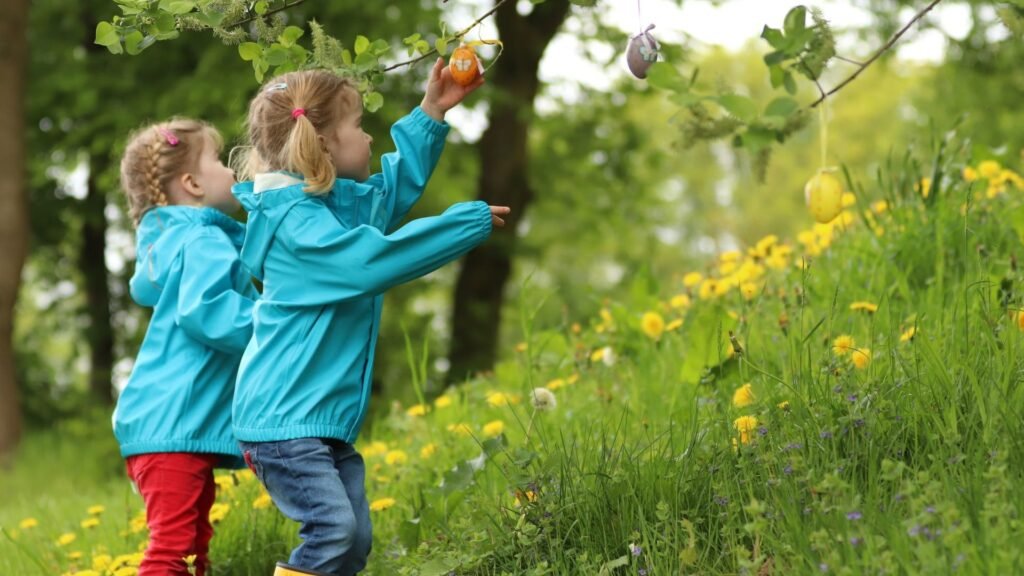Schools play a crucial role in promoting environmental stewardship, equipping the next generation with the knowledge, values, and skills needed to protect and sustain the planet. As educational institutions, schools are uniquely positioned to foster a culture of environmental responsibility that extends beyond the classroom and into the broader community. This article explores the various ways schools can promote environmental stewardship and empower students to become proactive guardians of the environment.

Integrating Environmental Education into the Curriculum
Incorporating Sustainability Across Subjects
Environmental education should be woven into the fabric of the curriculum across various subjects. For example, science classes can explore ecosystems, climate change, and renewable energy, while social studies can address the social and economic impacts of environmental issues. Even subjects like math and art can include environmental themes, such as calculating carbon footprints or creating eco-friendly art projects. By integrating sustainability into multiple disciplines, schools ensure that students understand the importance of environmental stewardship from multiple perspectives.
Project-Based Learning on Environmental Issues
Engage students in project-based learning that focuses on real-world environmental challenges. Projects might include designing a school garden, conducting energy audits, or creating awareness campaigns about recycling. These hands-on experiences allow students to apply what they’ve learned in a meaningful way, reinforcing the importance of environmental stewardship while developing critical thinking and problem-solving skills.
Field Trips and Outdoor Learning
Field trips to natural reserves, parks, or sustainable farms can provide students with a firsthand understanding of environmental issues and conservation efforts. Outdoor learning experiences help students connect with nature, fostering a sense of responsibility for the environment. Schools can also create outdoor classrooms or nature trails on their grounds to integrate nature into everyday learning.
Promoting Sustainable Practices within the School
Reducing Waste through Recycling and Composting
Schools can set up comprehensive recycling and composting programs to manage waste responsibly. Teach students how to properly sort recyclables, compost organic waste, and understand the impact of waste on the environment. By making recycling and composting a part of daily school life, students learn the importance of reducing waste and conserving resources.
Energy and Water Conservation Initiatives
Implementing energy and water conservation practices in schools can significantly reduce the institution’s environmental footprint. Simple actions like installing energy-efficient lighting, encouraging the use of natural light, and fixing leaks can make a big difference. Schools can also teach students about energy and water conservation through classroom activities, encouraging them to adopt these practices at home.
Promoting Sustainable Transportation
Encourage students and staff to use sustainable modes of transportation, such as walking, biking, or carpooling. Schools can organize events like “Walk or Bike to School Day” to promote these alternatives. Additionally, advocating for safe routes to school and providing secure bike storage can support these efforts. Schools can also educate students about the environmental benefits of reducing car emissions.
Fostering Environmental Stewardship through Extracurricular Activities
Eco-Clubs and Green Teams
Establish eco-clubs or green teams that focus on environmental initiatives within the school and community. These groups can take the lead on projects like tree planting, campus clean-ups, and sustainability awareness campaigns. Participation in these clubs helps students develop leadership skills and a sense of ownership over environmental stewardship efforts.
Sustainability Competitions and Challenges
Organize sustainability-themed competitions or challenges that encourage students to take action for the environment. These could include challenges like reducing energy use, recycling more, or designing sustainable products. Competitions can be within the school or involve other schools, fostering a spirit of collaboration and innovation in addressing environmental issues.
Partnerships with Environmental Organizations
Schools can partner with local environmental organizations to provide students with additional learning opportunities and resources. These partnerships can include guest speakers, workshops, or joint community service projects focused on environmental conservation. Collaborating with external organizations helps broaden students’ perspectives and connects them to the wider environmental movement.
Conclusion
Schools are pivotal in promoting environmental stewardship, shaping the attitudes and behaviors of future generations towards the environment. By integrating sustainability into the curriculum, adopting eco-friendly practices, and fostering a culture of environmental responsibility, schools can empower students to become proactive stewards of the planet. Through education, action, and community involvement, schools can play a key role in creating a sustainable future.

